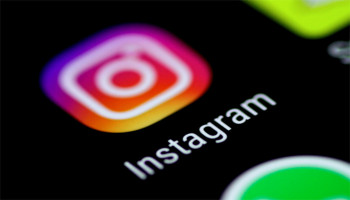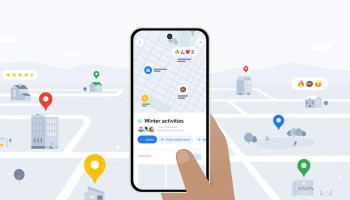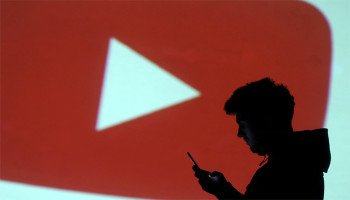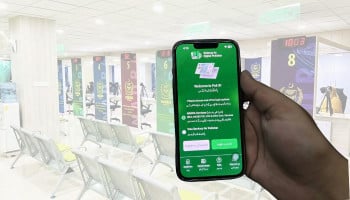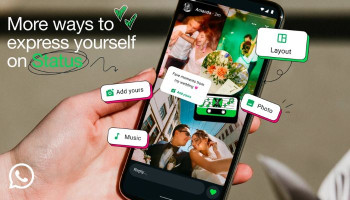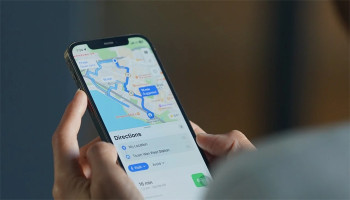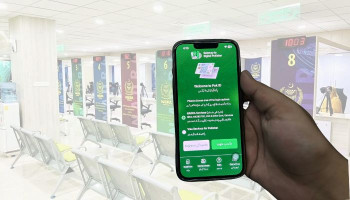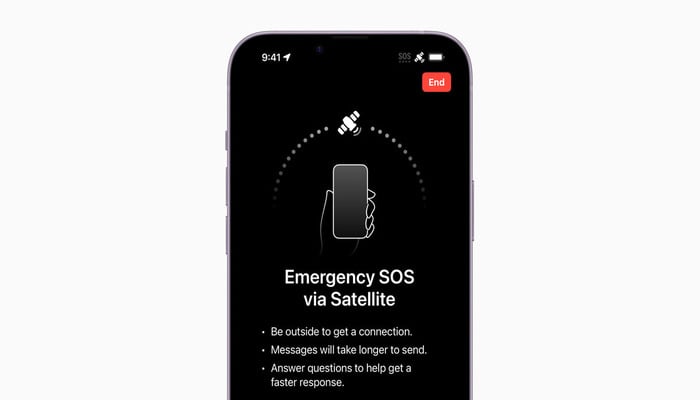
Apple's iPhone 14 models were announced with a revolutionary feature— Emergency SOS via Satellite, which enables users to contact emergency services in areas with no cellular network connections. Initially, the service was free for two years for the users, but later trial period was extended to 2025.
However, with the innovative features of iOS 18 announced at Apple’s Worldwide Developers Conference (WWDC) 2024, iPhone users are now able to send SMS via satellite. Emergency SOS via Satellite has proven to be an effective feature a user can avail, which has been credited with multiple helicopter rescues. When a user utilises the Emergency SOS feature, their iPhone connects with satellites, sending user’s information to relay centres for assistance.
Meanwhile, with the recent upgrades the feature has expanded to include Roadside Assistance, allowing users to contact providers like AAA and Verizon without any connection and through satellite. This service has been praised by search and rescue teams, who have hailed it as a "game changer" in emergency response.
Read more: WWDC 2024: Apple revamps Journal app with enhanced features
Apple invested a total of $450 million in the infrastructure to support Emergency SOS via Satellite, and partner Globalstar charges $12 per month for basic emergency services. There have been rumours surfacing around that the tech giant may consider charging a subscription for these features.
Apple could charge a subscription fee for all satellite-based features or specifically for SMS via Satellite. Alternatively, company can offer these features as part of the Apple One bundle, to motivate users to pay for all Apple services. Another option could be a freemium model, where basic emergency services remain free, but additional features like SMS via satellite require a subscription.







